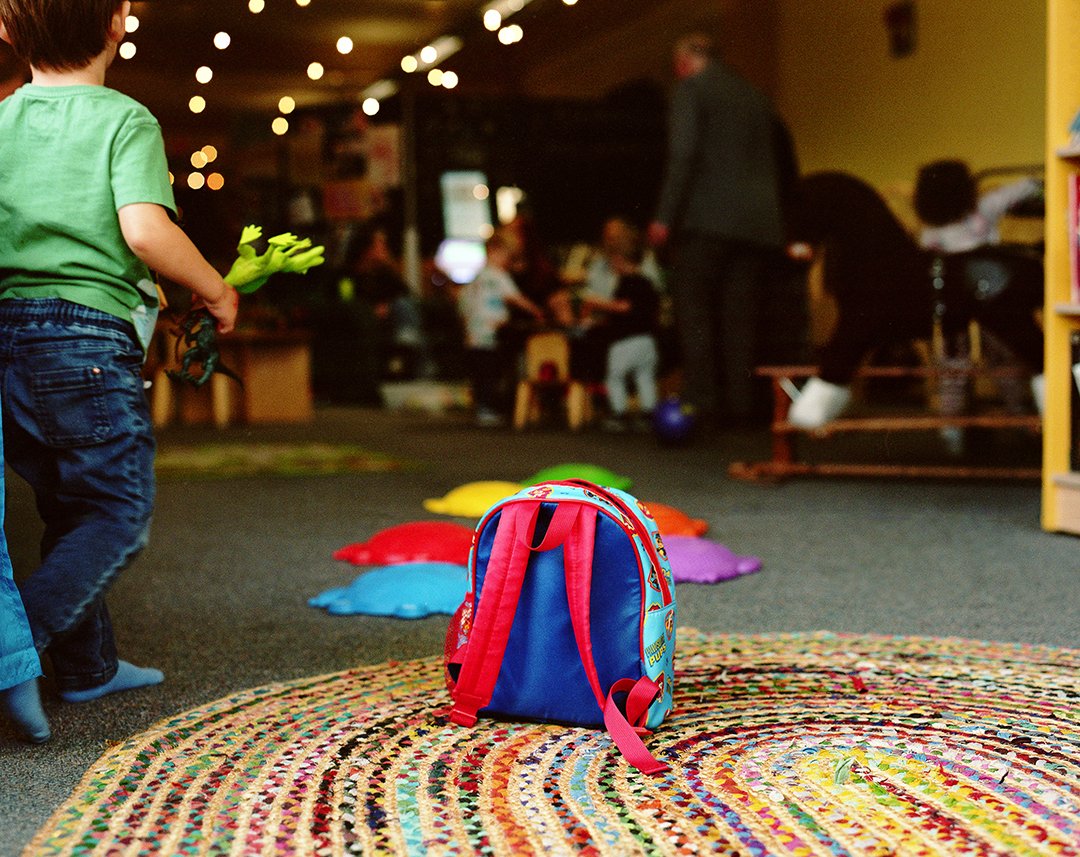Comparing investment in Universal Credit work allowances and taper rate
This analysis looks at different ways of boosting the budgets of low-income working households claiming Universal Credit (UC).
This work compares investing £1 billion in increasing the work allowances (the amount that can be earned before UC starts to be withdrawn – similar to a personal tax allowance) and investing £1 billion in lowering the taper (the speed with which UC is withdrawn once earnings exceed the work allowance – similar to a tax rate).
What you need to know
Spending £1 billion increasing work allowances for families with children helps more people exit poverty and provides a larger budget boost to households in lower-income deciles, compared to spending the same amount on lowering the taper:
Scenario A - investment in reduced taper
Policy change - reduce taper to 60.75%.
Cost: £0.99 billion.
Scenario B - investment in increased work allowance
Policy change - work allowances increased by 20.5% for families with children.
Cost: £0.99 billion.
Methods
Analysis was completed using version v01_57 of the IPPR Tax-Benefit Model. This takes a sample of around 20,000 households (FRS 2016/17) and measures, through micro-simulation, the impact that specific policy changes have on household income and poverty rates, and the associated national costs or savings of the policy change.
The work allowance sets the maximum a family (benefit unit) can earn before the amount of benefit they receive starts to be cut.
The taper sets the speed with which benefits are withdrawn once earnings exceed the work allowance. If the taper is set at 0.63, this means that for every extra pound earned after the work allowance has been met, the total benefit amount received is reduced by 63p.
In Scenario A (investment in the taper), the taper has been changed from 0.63 to 0.6075. This means that for each extra pound earned, the total benefit amount is reduced by 61p instead of 63p. The result is a higher number of people will become eligible to receive benefits and people already in receipt of benefits will remain eligible (for a reduced payment) for longer.
In Scenario B (investment in the work allowance), the work allowance for families with children was increased by 20.5% over their 2017/18 value. This means families with children can earn more before their benefit payments are reduced. The result is that families with children, who receive benefits, will receive their full benefit for longer, and more families with children overall will be eligible for some benefit.
| Base | Scenario A | Scenario B | |
|---|---|---|---|
| Cost* | £0.99 billion | £0.99 billion | |
| Change in poverty figures (below 60% med income) ** | 14,300,000 | - 200,000 | - 300,000 |
| Change in mean weekly income by income decile for all households*** | |||
| Decile 1 (poorest) | £147.70 | £1.10 | £2.00 |
| Decile 2 | £331.70 | £2.00 | £3.00 |
| Decile 3 | £397.80 | £2.50 | £2.70 |
| Decile 4 | £469.80 | £2.20 | £1.80 |
| Decile 5 | £512.80 | £1.00 | £0.90 |
| Decile 6 | £602.60 | £0.60 | £0.50 |
| Decile 7 | £690.40 | £0.40 | £0.20 |
| Decile 8 | £791.40 | £0.20 | £0.20 |
| Decile 9 | £914.80 | £0.00 | £0.00 |
| Decile 10 (richest) | £1,694.00 | £0.00 | £0.10 |
* costings figures rounded to nearest £100 million
** poverty figures rounded to nearest 100,000
*** income figures rounded to nearest £0.10
Links
Department of Work and Pensions. Family Resources Survey [Online] Available at:
https://www.gov.uk/government/collections/family-resources-survey--2 [Accessed 9 September 2018]
Universal Credit web content. York: Joseph Rowntree Foundation [Online] Available at:
https://www.jrf.org.uk/income-benefits/universal-credit [Accessed 6 September 2018]
In-work poverty content. York: Joseph Rowntree Foundation [Online] Available at:
https://www.jrf.org.uk/work/in-work-poverty [Accessed 6 September 2018]

This briefing is part of the child poverty topic.
Find out more about our work in this area.